Consider the following list of tuples: [(5,4,5), (6,9,6), (3,8,3), (7,9,8)]
I am trying to devise an algorithm to check whether there exists at least one tuple in the list where all elements of that tuple are greater than or equal to a given tuple (the needle).
For example, for a given tuple (6,5,7), the algorithm should return True as every element in the given tuple is less than the last tuple in the list, i.e. (7,9,8). However, for a given tuple (9,1,9), the algorithm should return False as there is no tuple in the list where each element is greater than the given tuple. In particular, this is due to the second element 1 of the given tuple, which is smaller than the second element of all tuple in the list.
A naive algorithm would loop through the tuple in the list one by one, and loop through the the element of the tuple in the inner loop. Assuming there are n tuples, where each tuple have m elements, this will give a complexity of O(nm).
I am thinking whether it would be possible to have an algorithm to produce the task with a lower complexity. Pre-processing or any fancy data-structure to store the data is allowed!
My original thought was to make use of some variant of binary search, but I can't seem to find a data structure that allow us to not fall back to the naive solution once we have eliminated some tuples based on the first element, which implies that this algorithm could potentially be O(nm) at the end as well.
Thanks!
